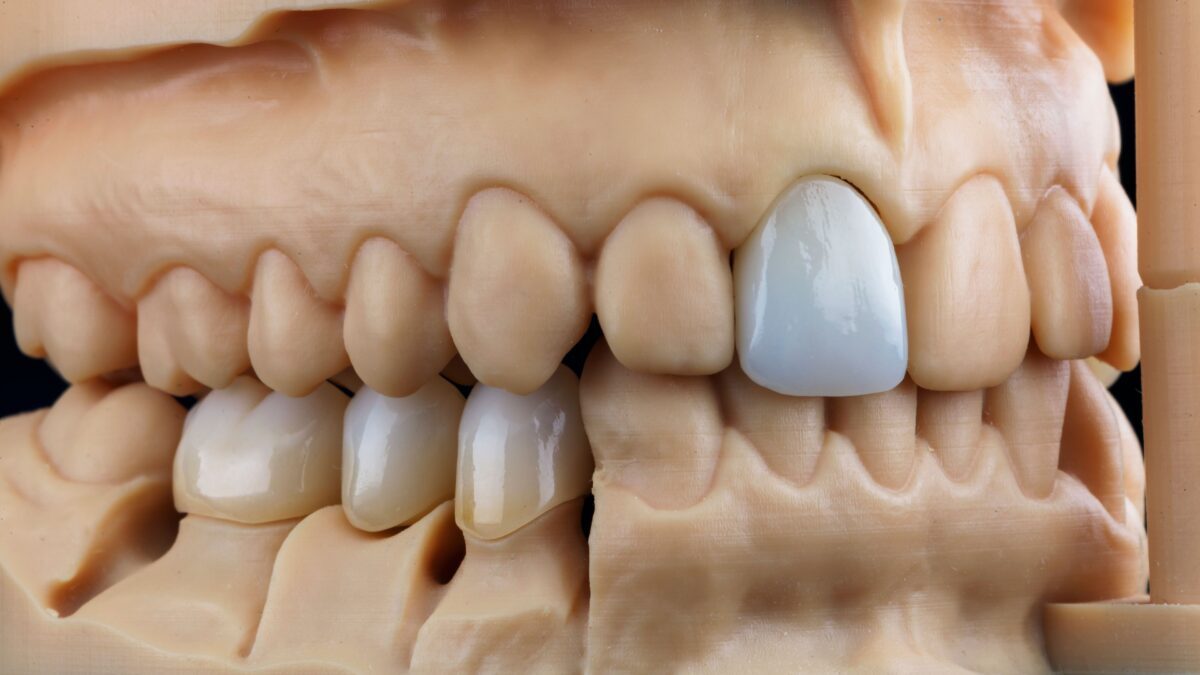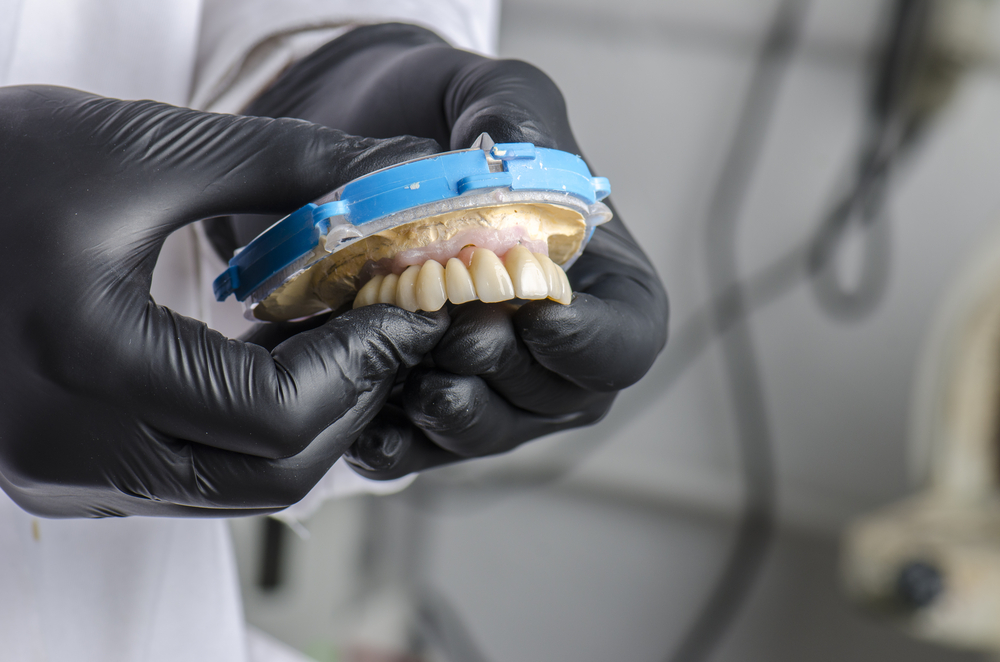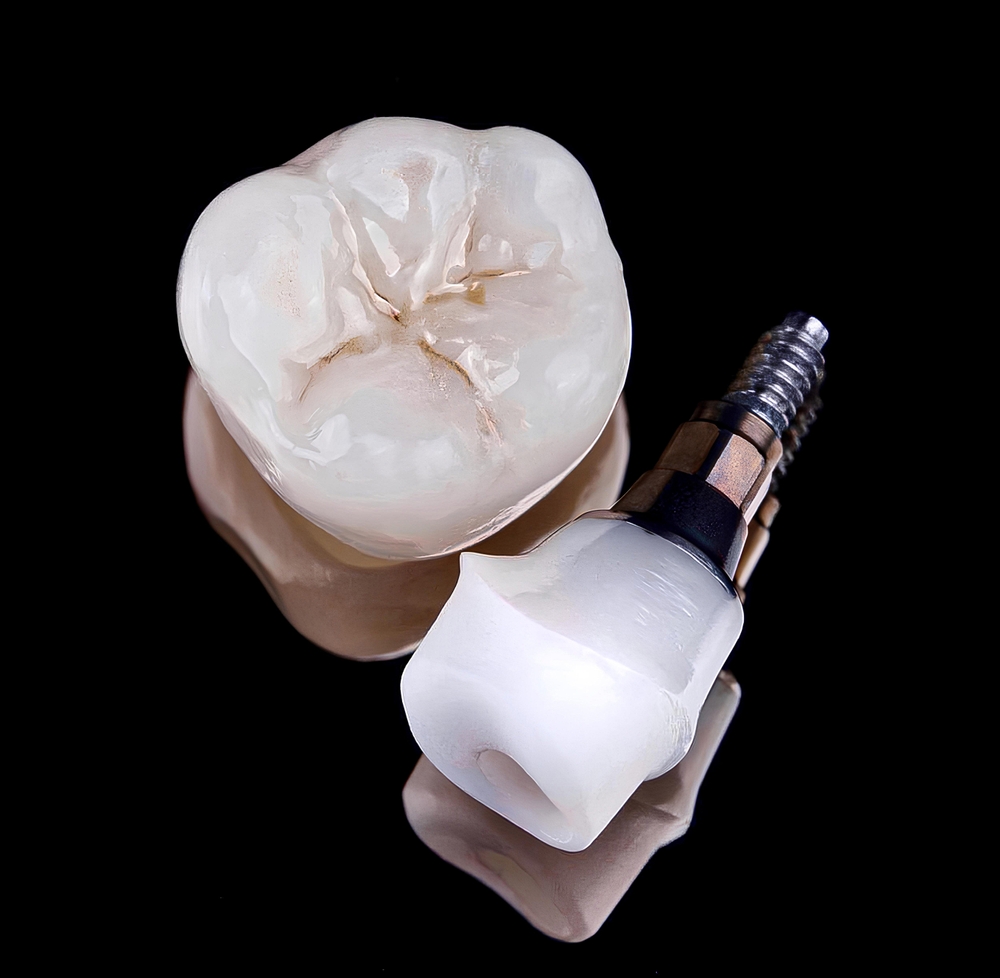When it comes to dental restorations, choosing the right materials is crucial for ensuring long-lasting results and patient satisfaction. The type of material used can greatly impact the aesthetics, durability, and overall success of the restoration. In this blog, we will explore the pros and cons of various materials commonly used in dental restorations, helping you make informed decisions about your dental health.
Types of Dental Materials:
Amalgam:
Amalgam is a commonly used dental material for dental restorations, particularly for fillings in posterior teeth. It is a mixture of metals, including silver, tin, copper, and mercury. Amalgam has been utilized in dentistry for many years due to its durability and cost-effectiveness. It offers excellent resistance to wear and can withstand the forces of chewing, making it suitable for restoring teeth in areas with heavy occlusal loads. Amalgam fillings are relatively easy to place and require less moisture control compared to other materials. They have a long track record of success and provide a reliable option for restoring decayed or damaged teeth. However, one of the main concerns associated with amalgam fillings is the mercury content. Although the amount of mercury released is minimal and considered safe, some patients may have concerns about its potential health effects. Additionally, the silver color of amalgam fillings may be less aesthetically pleasing, particularly for visible areas of the mouth. With advancements in dental materials, the use of amalgam has decreased in recent years, but it continues to be a viable option for certain clinical situations, especially when durability and cost-effectiveness are prioritized. Dentists consider the specific needs and preferences of each patient when determining the most appropriate material for dental restorations.
Composite Resin:

Composite resin is a versatile dental material commonly used for direct dental restorations, particularly for tooth-colored fillings and bonding procedures. It is a mixture of plastic and fine glass or ceramic particles. One of the key advantages of composite resin is its ability to match the natural color of teeth, making it highly aesthetic and suitable for visible areas of the mouth. Dentists can precisely shade and sculpt the composite resin to blend seamlessly with the surrounding tooth structure, resulting in a restoration that is virtually indistinguishable from the natural teeth. Composite resin also bonds well to the tooth structure, providing a strong and durable restoration. It is an excellent choice for small to medium-sized cavities and can be used for both front and back teeth. However, composite resin may not be as durable as some other materials, and its susceptibility to staining over time is a potential drawback. With proper oral hygiene practices and regular dental care, composite resin restorations can offer long-lasting and aesthetically pleasing results. Dentists evaluate each patient’s unique needs and considerations to determine if composite resin is the most suitable material for their dental restorations.
Glass Ionomer:
Glass ionomer is a dental material commonly used for dental restorations, particularly in areas with less stress, such as root surfaces and baby teeth. It is a mixture of glass particles and an organic acid. Glass ionomer has several advantages that make it a suitable choice in certain clinical situations. One of its notable benefits is its ability to release fluoride, which helps prevent tooth decay and provides additional protection to the surrounding teeth. Glass ionomer also forms a chemical bond with the tooth structure, enhancing its strength and stability. This material is often used in pediatric dentistry due to its ability to adhere to moist surfaces and its non-toxic nature. However, glass ionomer fillings are generally less durable than other materials, making them more prone to wear and fracture. They may not be ideal for areas with high occlusal forces or extensive decay. Nevertheless, glass ionomer restorations are a valuable option for specific cases, providing a reliable and biocompatible solution that aids in preventing further tooth decay and promoting overall dental health. Dentists assess each patient’s unique needs and considerations to determine if glass ionomer is the most suitable material for their dental restorations.
Gold:

Gold is a long-standing dental material that has been used for dental restorations for many years. Known for its durability and longevity, gold is often utilized in the creation of crowns and inlays. Gold restorations offer exceptional strength, making them ideal for posterior teeth that endure significant chewing forces. They are highly resistant to wear and corrosion, providing patients with restorations that can withstand the test of time. Gold restorations also require minimal tooth reduction, preserving more natural tooth structure compared to other materials. However, the main drawback of gold restorations is their metallic appearance, which can be less aesthetically pleasing, especially for visible areas of the mouth. Consequently, gold restorations are commonly used on posterior teeth where appearance is of lesser concern. The decision to use gold for dental restorations is typically based on the patient’s specific needs, including durability, longevity, and functional requirements. Dentists work closely with patients to determine the most appropriate material for achieving the desired outcome.
Metal Alloys:
Metal alloys, such as cobalt-chromium and nickel-chromium, are used in partial dentures and dental frameworks. They offer excellent strength, durability, and corrosion resistance. Metal alloys can withstand the forces of chewing and provide stability to the denture or framework. However, their metallic appearance may not be desirable for visible areas of the mouth, and they may cause allergic reactions in individuals sensitive to specific metals.
Porcelain:

Porcelain is a widely used dental material known for its exceptional aesthetic qualities, making it a popular choice for dental restorations. Porcelain restorations, such as crowns, veneers, and inlays, are crafted to closely resemble natural teeth in color, translucency, and texture. Porcelain offers excellent biocompatibility, minimizing the risk of adverse reactions in patients. Its ability to mimic the natural appearance of teeth makes it an ideal choice for restorations in visible areas of the mouth. Porcelain restorations are highly resistant to staining, maintaining their bright and natural appearance over time. With proper care, porcelain restorations can have excellent durability and longevity, providing patients with long-lasting functional and aesthetic benefits. The process of fabricating porcelain restorations involves precise customization in a dental laboratory, ensuring a precise fit and optimal aesthetic results. However, it’s important to note that porcelain restorations can be more brittle compared to other materials, and their cost may be higher due to the intricate fabrication process. Overall, porcelain is a versatile and aesthetically pleasing dental material that offers patients durable and natural-looking dental restorations.
Titanium:
Titanium is a widely used dental material for various dental restorations, most notably dental implants. It is highly regarded for its exceptional biocompatibility, which allows it to integrate seamlessly with the jawbone through a process called osseointegration. Titanium implants provide a strong and stable foundation for prosthetic teeth, ensuring long-term functionality. The material’s biocompatibility minimizes the risk of adverse reactions or complications in patients. Furthermore, titanium implants offer a high success rate and durability, making them a reliable option for replacing missing teeth. The metallic appearance of titanium may be a concern for some patients, especially when the restoration is in a visible area of the mouth. However, advancements in implant dentistry have led to the development of various aesthetic options, such as ceramic or zirconia coatings, that can help address the cosmetic aspect. Dentists evaluate individual patient needs and considerations to determine if titanium implants are the most suitable solution for their dental restorations, ensuring optimal oral health and improved quality of life for the patient.
Zirconia:

Zirconia is a popular dental material used for a wide range of dental restorations, including crowns, bridges, and implants. It is a type of ceramic material known for its exceptional strength, durability, and aesthetics. Zirconia restorations offer excellent biocompatibility, making them suitable for patients with metal sensitivities or allergies. One of the key advantages of zirconia is its natural tooth-like appearance, as it can be color-matched to blend seamlessly with the surrounding teeth. This aesthetic advantage makes zirconia an ideal choice for restorations in visible areas of the mouth. In addition to its excellent aesthetics, zirconia is highly resistant to chipping, cracking, and wear, ensuring long-lasting and durable restorations. Zirconia implants have also gained popularity due to their strength and biocompatibility, providing a reliable solution for replacing missing teeth. However, it’s important to note that zirconia restorations tend to be more expensive than other materials, and their availability may vary depending on the region. Dentists consider various factors, such as the patient’s specific needs, aesthetic preferences, and budget, to determine if zirconia is the most suitable material for their dental restorations, ultimately aiming to achieve functional, natural-looking, and long-lasting results.
Comparing Pros and Cons of Different Dental Materials:
Here’s a table that lists the pros and cons of different dental materials commonly used in dental restorations:
| Dental Material | Pros | Cons |
| Amalgam | – Durability-Cost-effectiveness | – Less aesthetically pleasing- Concerns about mercury content |
| Composite Resin | – Aesthetics- Bonding ability | – Less durable than some other materials- Susceptible to staining |
| Glass Ionomer | – Fluoride release- Suitable for specific areas and baby teeth | – Less durable than other materials- More prone to wear and fracture |
| Gold | – Durability- Longevity | – Limited aesthetics |
| Metal Alloys | – Strength and durability- Corrosion resistance | – Metallic appearance- Allergic reactions (in some individuals) |
| Porcelain | – Aesthetics- Biocompatibility | – Fragility- Higher cost |
| Titanium | – Biocompatibility- Long-term success | – Metallic appearance (if gums recede)- Potential for allergic reactions (extremely rare) |
| Zirconia | – Aesthetics- Strength and durability | – Higher cost- Limited availability |
It’s important to note that the suitability of each material may vary depending on individual patient needs, specific case requirements, and the dentist’s professional recommendation. Consulting with a dentist is essential for personalized advice and to determine the most appropriate material for your dental restorations.
Considerations for Choosing Dental Restoration Materials:
When selecting dental restoration materials, several factors should be taken into account. At a glance, here are a few things that should be considered:
- Aesthetic preferences: Consider the desired appearance and natural look.
- Durability and longevity: Evaluate the material’s strength and resistance to wear.
- Cost considerations: Balance the financial investment with the expected lifespan of the restoration.
- Patient-specific factors: Allergies, oral health condition, and other individual aspects should be considered for personalized recommendations.
In Conclusion:
Choosing the right materials for dental restorations is crucial for achieving the desired results. Each material has its own set of pros and cons, and it’s important to consult with a dentist to determine the best option for your specific needs. By considering factors like aesthetics, durability, cost, and personal circumstances, you can make informed decisions that will contribute to your oral health and overall well-being. Remember, a healthy and confident smile begins with the right dental restoration materials.




